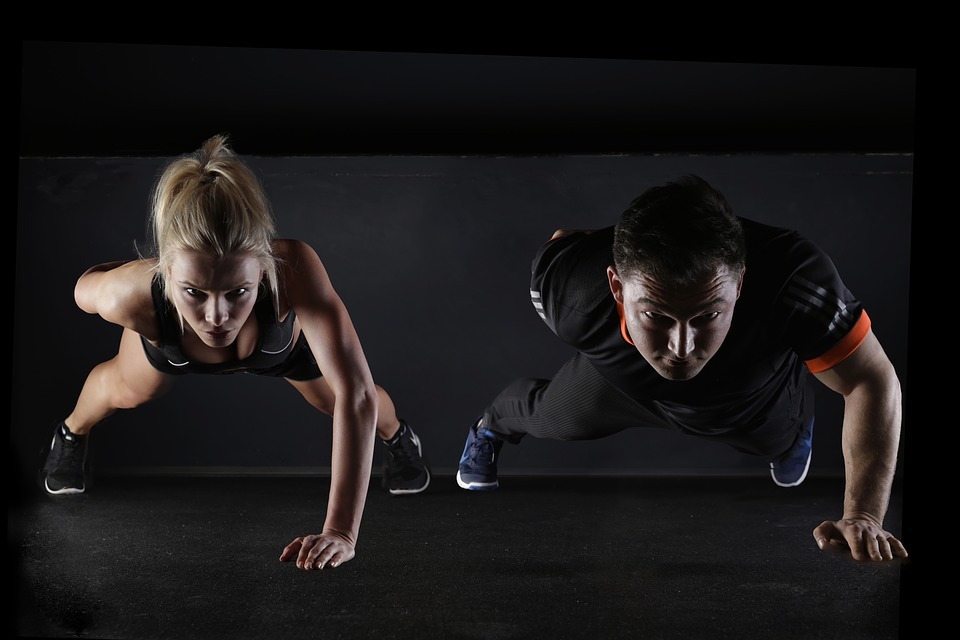With the worldwide health threat, people are becoming conscious and cautious of their bodies, staying fit, and achieving the maximum health status possible to avoid getting sick or being easily infected by contagious diseases.
As we all know, staying fit comes from eating and drinking healthy foods and doing essential and regular exercise to complement a healthy diet. However, exercising is always easier said than done. There are many hindrances, such as time, energy, resources, and motivation.
Good news! This is where HIIT comes in!
In a survey by the American College of Sports Medicine last 2020, fitness
professionals voted HIIT as one of the year’s top fitness trends. Seemingly, people, especially fitness enthusiasts, are becoming fanatic about this new type of workout.
What is HIIT?
HIIT, or short for High-Intensity Interval Training, is a training technique that involves exercises done in bursts with periods of rest or low-intensity
recovery periods. They can start slow and gradually become faster and maybe comprised of different exercises of cardio and strength training combined to create a well-rounded high-intensity interval training workout. This makes training one of the most time-efficient ways to exercise. An example would be a 30-second sprinting followed by a 30-second rest repeated 10 times. One minute of jumping jacks, followed by 15 seconds of rest, and repeated 6 times. Typically, a HIIT workout will range from 10 to 30 minutes in duration. Any exercise can be done as long as it is done with a lot of intensity. Rest intervals can include jogging, bouncing in place, or just resting, not doing anything.
What makes HIIT better from the other kinds of training that causes people to like it much more than the different training types? Does this have a significant advantage from regular cardio?
Advantages of HIIT
SAVE TIME AT THE GYM
Time is a top reason and excuse why people don’t exercise. They’re too busy, or it takes so much time to prepare and go to the gym, and why bother going to the gym if they can just rest instead. So, HIIT is just perfect for everyone who does not have the luxury of time to get the right shape.
NO EQUIPMENT NEEDED
Since not all have the time to go to the gym or look for some equipment to be used for exercising, HIIT is truly a flexible type of training that can be done anytime, anywhere. You can do tempo runs, sprints, push-ups, burpees, Tabata, etc.
REVVING UP HEART RATE
Exercises that speed up heart rate can help burn off calories without putting yourself at risk of an injury. And raising your heart rate need not be as hard as you might think. HIIT is excellent training to improve your heart rate. According to a study, HIIT burns as many calories as steady-state cardio, only consuming ½ of the time as cardio.
FREEDOM
HIIT has so much freedom, which is why it is mostly loved by many. You can do anything and mix everything according to your need and the result you want because HIIT is not a specific exercise! It can be done with cycling, jump ropes, skipping ropes, battle ropes, burpees, kettlebells, sprints, etc., at your own time and at the spot of your choice.
PHYSICAL BENEFITS
The post-exercise oxygen consumption (EPOC) is the amount of oxygen our body consumes after an exercise session above and beyond the pre-exercise oxygen consumption. With HIIT, many calories are burned during the workout. Due to the high intensity of the training, you will continuously burn calories as your body replaces energy and repairs muscle proteins damaged during exercise.
The body metabolizes fat for fuel during the workout. With HIIT, during the post-exercise recovery period, the body resorts to fat stores for the required energy in restoring back to its normal resting state.
The body burns 5 calories in every liter of consumed oxygen. Generally, exercising increases the oxygen demands on the body and will increase total caloric expenditure pre-and post-workout. Short intervals of extremely high-intensity exercise involving a lot of muscle mass require a tremendous amount of oxygen during both the work interval and the recovery periods.
Several physiological benefits can be improved with HIIT, including increased mitochondrial density, improved stroke volume, improved oxidative capacity of muscle, and enhanced aerobic efficiency, which was previously thought to occur only due to long slow distance (LSD) training protocols.


